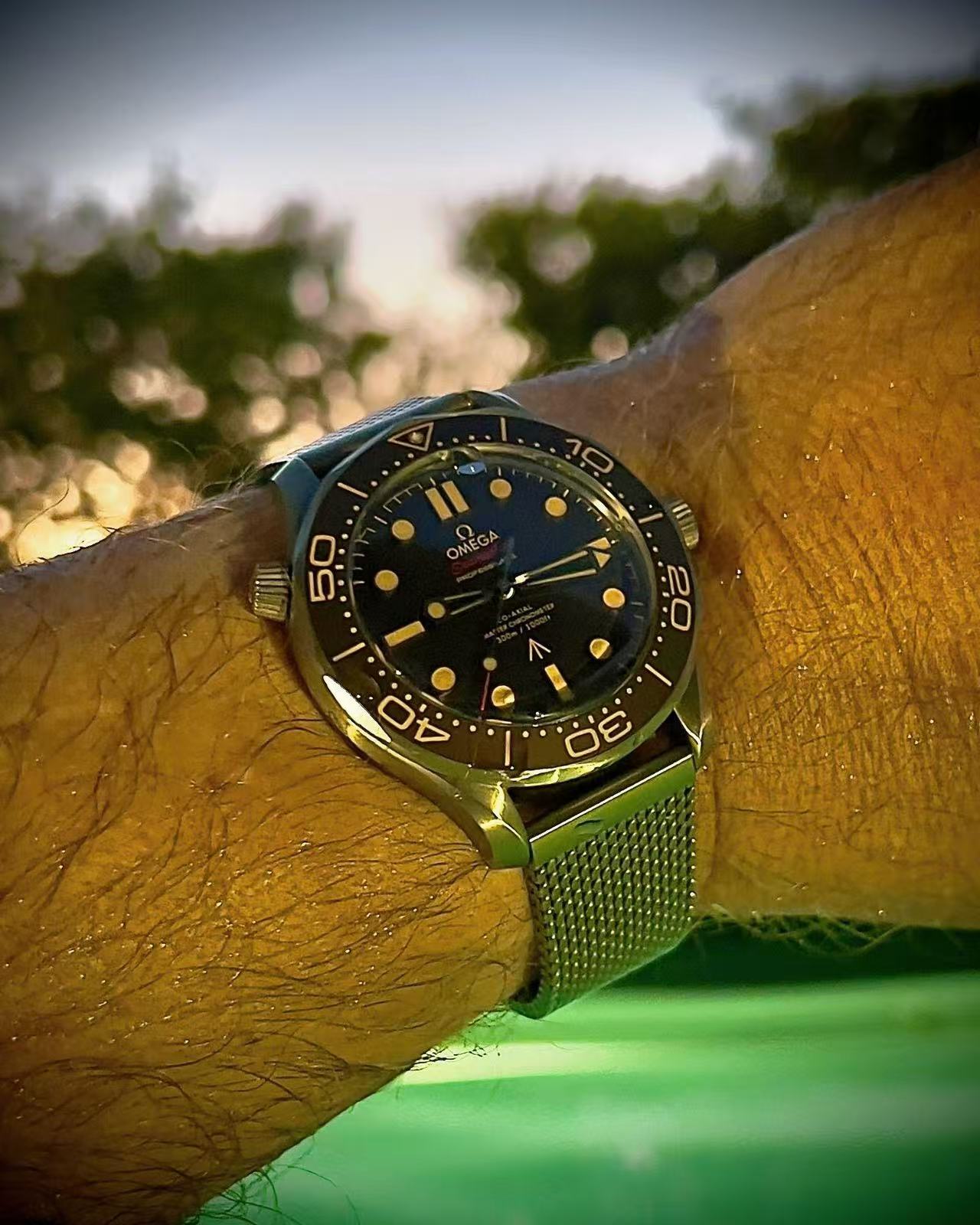Finding Your Perfect Fit: The Science of Watch Sizing and Wrist Proportion
 A watch that harmonizes with your wrist enhances both comfort and confidence, transforming timekeeping into a seamless experience. This guide explores the nuanced approach to selecting timepieces that complement your unique proportions while maintaining optimal wearability.
A watch that harmonizes with your wrist enhances both comfort and confidence, transforming timekeeping into a seamless experience. This guide explores the nuanced approach to selecting timepieces that complement your unique proportions while maintaining optimal wearability.
The Fundamentals of Wrist Anatomy
Understanding your wrist structure is the foundation of proper watch selection:
Bone Structure Variations
-
Flat-top wrists vs rounded wrist shapes
-
Prominent vs subtle wrist bones
-
Forearm-to-wrist transition angles
Tissue Composition
-
Muscular wrists with broader surface areas
-
Slimmer builds with more pronounced bones
-
Average builds requiring balanced proportions
Essential Measurement Techniques
Professional approaches to determining your ideal size range:
Advanced Measuring Protocol
-
Use a flexible tailor's tape for circumference
-
Measure at the narrowest point above the wrist bone
-
Note the width of the flat upper wrist surface
-
Record measurements in both inches and centimeters
Digital Alternative Methods
-
Printable wrist sizers from horological websites
-
Mobile apps using augmented reality visualization
-
Virtual try-on tools offered by luxury brands
Comprehensive Sizing Parameters
Go beyond basic diameter with these critical factors:
Case Diameter Guidelines
-
Small Wrists (≤6.5"/16.5cm): 36-40mm
-
Medium Wrists (6.5-7.5"/16.5-19cm): 40-42mm
-
Large Wrists (≥7.5"/19cm): 42-44mm
Lug-to-Lug Span
The distance between lugs should not exceed your wrist's flat surface width. Ideal fit leaves 2-3mm clearance on each side.
Case Thickness Considerations
-
Dress watches: 6-9mm
-
Everyday wear: 9-12mm
-
Sports models: 12-15mm
-
Diver's watches: 15mm+
Weight Distribution Analysis
-
Balanced weight prevents top-heaviness
-
Center of gravity should align with wrist center
-
Heavy cases require secure strap systems
Style-Specific Recommendations
Different watch categories demand unique fitting approaches:
Dress Watch Parameters
-
Slim profiles that slide under cuffs
-
Conservative diameters emphasizing elegance
-
Minimal lug overhang for formal wear
Sports Watch Considerations
-
Enhanced presence for quick readability
-
Secure fit during physical activity
-
Bracelet systems that accommodate movement
Luxury Statement Pieces
-
Bold proportions making intentional statements
-
Weight distribution for all-day comfort
-
Balance between presence and wearability
The Comfort Equation
Achieving the perfect balance between aesthetics and practicality:
Strap and Bracelet Dynamics
-
Metal bracelets: Adjustable but add weight
-
Leather straps: Mold to wrist shape over time
-
Rubber/silicone: Flexible and sport-friendly
-
Fabric straps: Lightweight with casual appeal
Wearing Position Factors
-
Crown placement affecting wrist movement
-
Case back contour matching wrist curvature
-
Strap attachment points influencing angle
Cultural and Regional Preferences
Understanding geographical sizing trends:
European Sensibilities
-
Traditionally favor moderate sizes (38-41mm)
-
Value proportion and elegance over sheer presence
-
Appreciate vintage-inspired dimensions
American Preferences
-
Often lean toward larger case sizes (40-44mm)
-
Embrace bold statements and visibility
-
Balance between classic and contemporary
Practical Fitting Assessment
In-person evaluation techniques for perfect selection:
The Three-Point Comfort Check
-
Lug Position: Ends should not overhang wrist edges
-
Case Back Contact: Should sit comfortably without gaps
-
Movement Freedom: Allow natural wrist motion without restriction
Daily Wear Simulation
-
Test with typical clothing layers
-
Assess desk-diving clearance
-
Verify readability at various angles
Common Sizing Pitfalls
Avoid these frequent mistakes in watch selection:
Overestimating Wrist Size
-
Choosing oversized watches for perceived presence
-
Ignoring lug-to-lug measurements
-
Prioritizing trend over personal proportion
Undervaluing Weight Distribution
-
Heavy watches causing fatigue
-
Poor balance leading to constant adjustment
-
Inadequate strap support for substantial cases
Seasoned Collector Insights
Advanced considerations for experienced enthusiasts:
Collection Balancing
-
Variety in sizes for different occasions
-
Proportional progression through pieces
-
Intentional size variations for specific uses
Vintage vs Modern Proportions
-
Historical context of sizing trends
-
Contemporary adaptations of classic designs
-
Evolution of wearing preferences
Professional Consultation Benefits
When to seek expert fitting advice:
Complex Cases
-
Unusual wrist shapes or sizes
-
High-value acquisitions
-
Custom or limited edition pieces
Multiple Watch Ownership
-
Coordinating proportions across collection
-
Storage and rotation considerations
-
Insurance and valuation implications
Conclusion: Your Personal Horological Harmony
The art of watch sizing combines objective measurement with subjective comfort. While guidelines provide direction, your personal comfort and confidence remain the ultimate arbiters of perfect proportion. A well-sized watch becomes an extension of your personal style—present when desired, comfortable when worn, and memorable when noticed.
Remember that the relationship between wrist and watch evolves with wearing experience. Allow time for adjustment and don't hesitate to reconsider strap options or wearing positions. The perfect fit reveals itself through consistent, comfortable wear that complements both your lifestyle and anatomy.
Expert Insight: Maintain a sizing journal documenting measurements, wearing experiences, and adjustments. This personalized reference becomes invaluable as your collection grows and preferences evolve.


